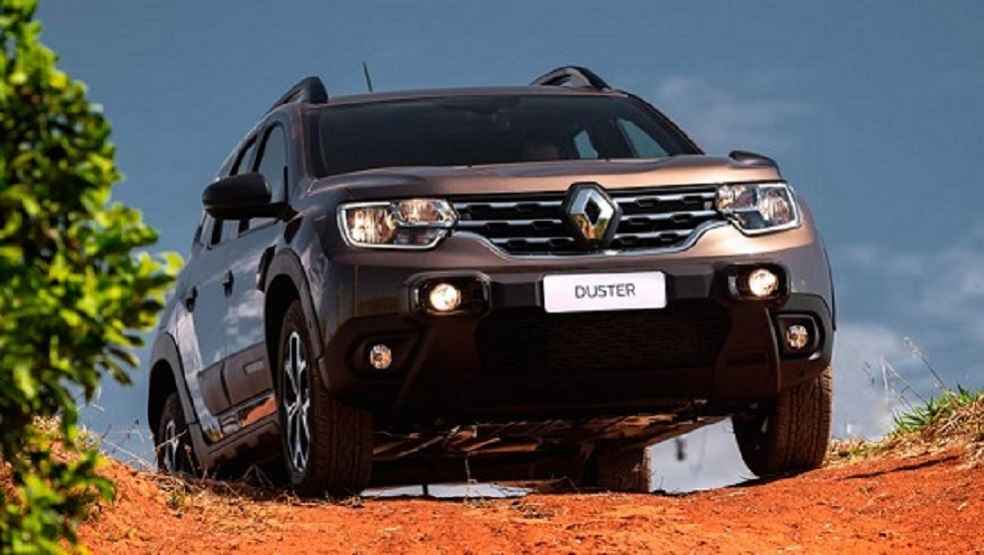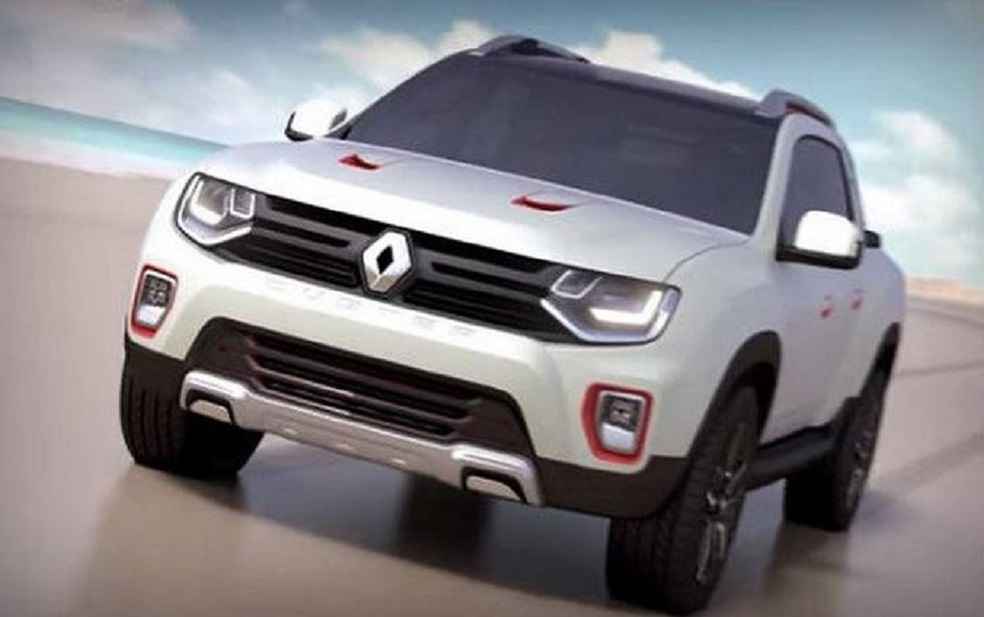The veil was prematurely lifted on the next-generation Renault Duster, setting the stage for its global introduction in Turkey. This revelation, ahead of the official presentation, stirs significant anticipation, unveiling a glimpse into Renault’s strategic vision for the global, and notably, the Indian markets—a region where the Duster has cemented its presence.
The Renault Duster, emblematic of resilience and performance, embarks on a new chapter, evolving from its predecessors. Leaked visuals expose a design inspired by Dacia’s Bigster concept, underscoring the synergistic bond between Renault and its sibling brand, Dacia. Despite their shared blueprint, the Renault Duster carves out its niche with distinctive front-end design elements, such as a bespoke grille and LED headlamp patterns, alongside unique alloy wheel configurations that distinguish it from its Dacia counterpart.

The core of the Duster’s design, including its bonnet, Y-shaped LED tail lamps, skid plates, and bumpers, remains untouched, preserving the SUV’s iconic stature. The cabin reflects the Dacia Bigster concept, with a suite of modern features and technological enhancements designed to refine the driving experience. Noteworthy updates feature a state-of-the-art floating touchscreen infotainment system, supporting wireless connectivity with Apple CarPlay and Android Auto, a redesigned flat-bottom steering wheel with command controls, comprehensive safety with multiple airbags, and a cutting-edge digital instrument panel.
Performance aspirations for the all-new Renault Duster include an array of engine choices, tailored to diverse driving demands. Available options encompass a 1.0L turbo petrol engine projected at 140 hp, a stronger 1.3L turbo petrol engine at 170 hp with flex-fuel adaptability, and a 1.2L petrol hybrid engine, also rated at 170 hp. Buyers will be presented with manual and automatic transmission choices, with a 4WD option for off-road pursuits.

Renault’s strategic introduction of the Duster in India capitalized on its initial acclaim, significantly influencing the midsize SUV segment’s landscape in the region. While the second-generation Duster did not reach Indian shores, anticipation builds for the third-generation model’s entry by 2025. This expectation aligns with Renault and Nissan’s broader ambition to refresh their lineup in the ensuing years, backed by substantial investment to adapt the CMF-B platform for the Indian market.
With the automotive world poised for the Renault Duster’s global reveal in Turkey, this leak undoubtedly elevates the bar for what promises to be a pivotal entry in the midsize SUV category. With a fusion of style, comfort, and performance, the Duster aims to continue its legacy, blending the rugged appeal of its predecessors with the innovation and sophistication of contemporary automotive design.
GENERAL | Morocco’s Auto Boom Dethrones Phosphates, Signals Economic Revolution





